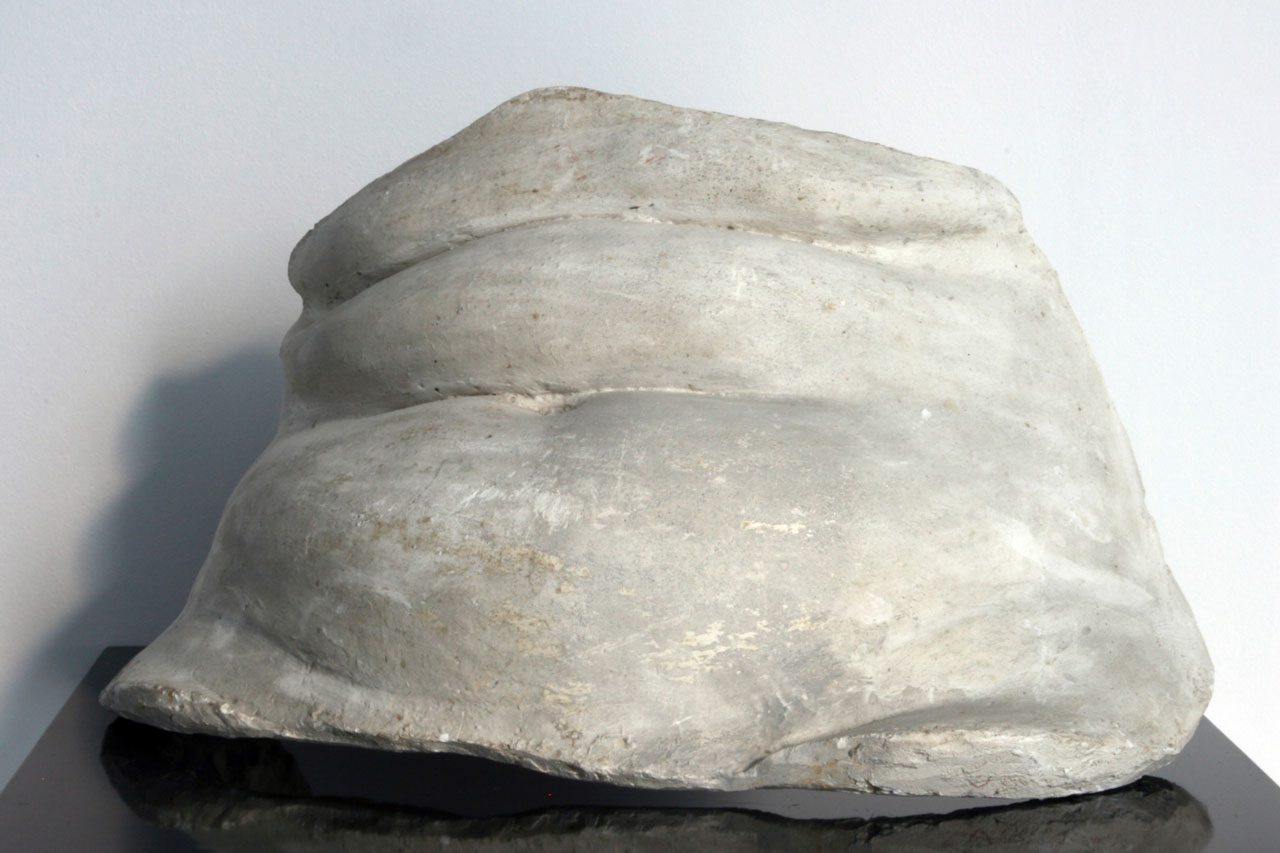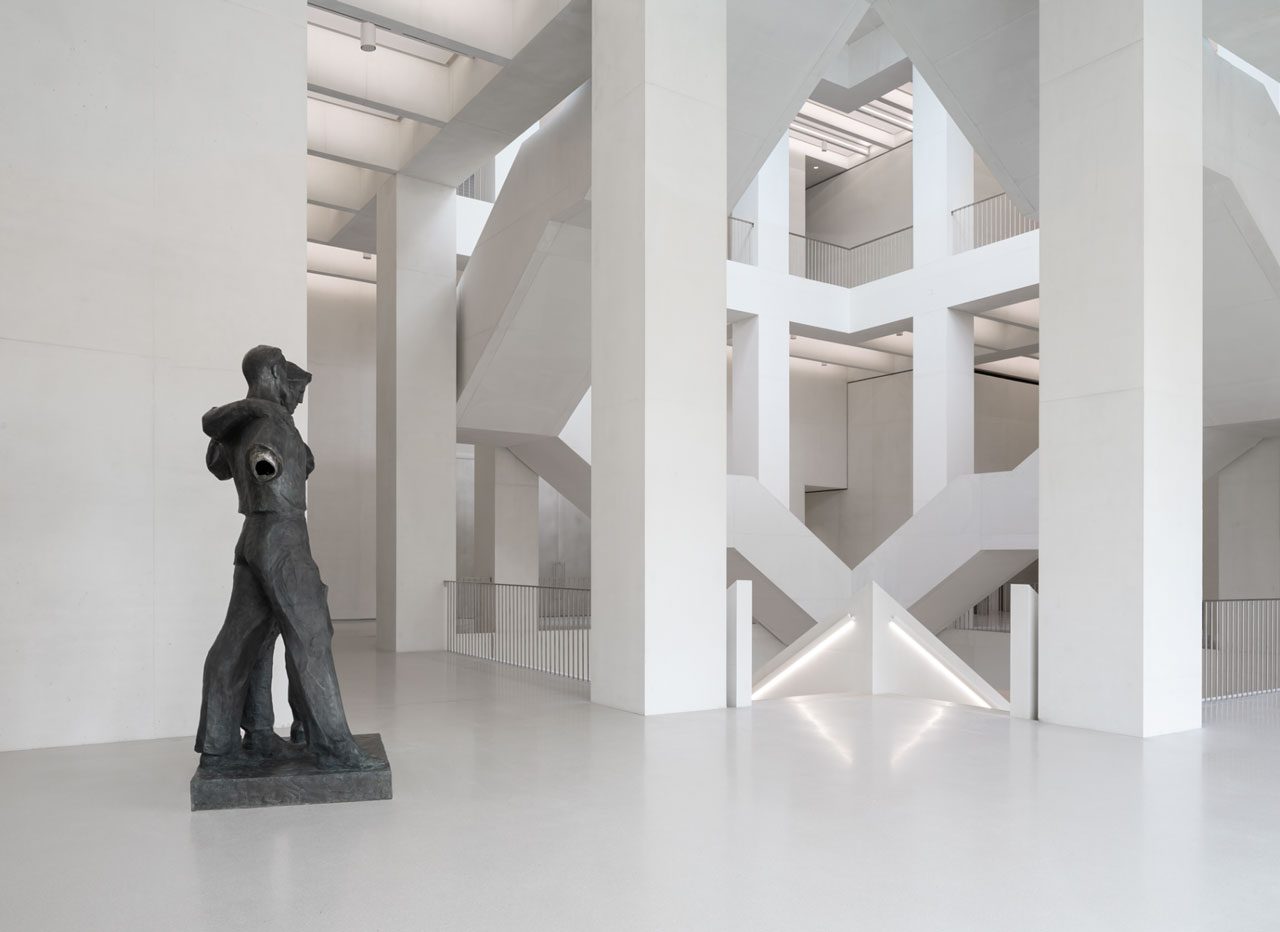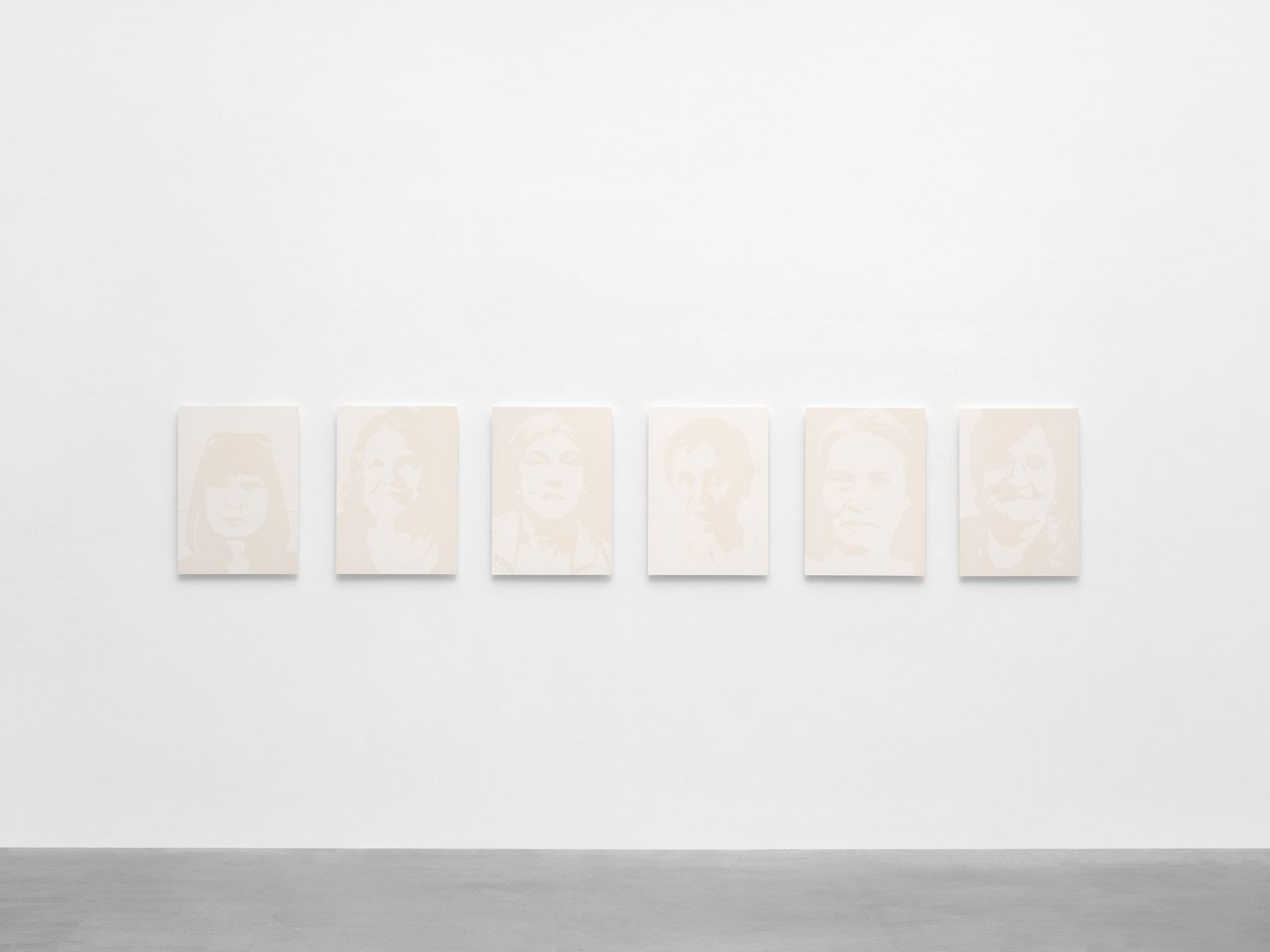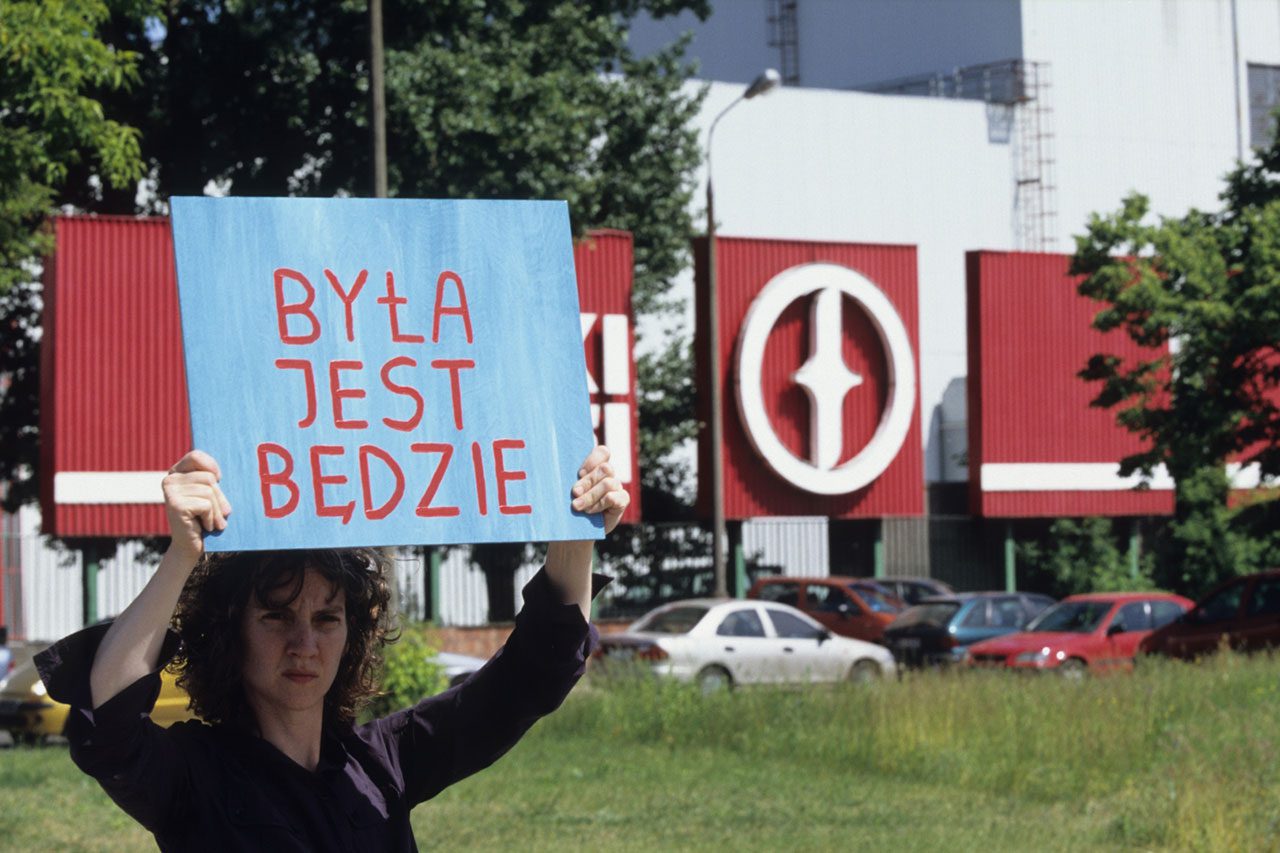PRESENTATION: The Impermanent-Four Takes on the Collection
Located in the middle of Warsaw, the new building of the Museum of Modern Art (MSN Warsaw), designed by Thomas Phifer and Partners, is the latest and most significant addition to the Polish capital’s cultural and urban landscape. Located in the vast Parade Square, the museum’s design, a literal white cube, carries potent symbolism. Unlike the ornate and hulking socialist-realist Palace, which upon its completion in 1955 was the eighth tallest building in the world, MSN Warsaw is the architectural equivalent of a clean slate.
By Dimitris Lempesis
Photo: MSN Warsaw Archive
“The Impermanent Four Takes on the Collection” is the inaugural exhibition in the Museum of Modern Art (MSN Warsaw) newly built home. The exhibition focus on the ways artists from around the world have made sense of modernism and its political, economic, and artistic implications. Drawing from the Museum’s holdings of more than 4,300 artworks by Polish and international artists, the exhibition is a testimony to the changes that have taken place across the visual arts in the last seven decades. The exhibition includes more than 150 works (half of which were created by women artists) from the 1950s to the present. More than 100 artists are represented in The Impermanent, the largest-ever exhibition presented by the Museum, which was founded in 2005. Located on the first and second floors of the Museum, it is organized around four distinct themes, each providing a unique interpretation of developments in Post-War and contemporary art. The first part of the exhibition, “Banner: Engagement, Realism, and Political Art”, includes works related to political engagement and a faith in the power of art to make a difference. The works come from different countries, decades, and ideological systems. The human figure, advocacy, and belief in the universal language of art set the tone. Part of this history is also propaganda: art in action, linked with current politics, for better or worse. This part of the exhibition opens with Alina Szapocznikow’s sculpture “Friendship” from 1954, which stood in the entrance hall of the Palace of Culture and Science in Warsaw for almost half a century. After 1992, it was decided to scrap the work—the arms of the figures and the banner they held were stripped so the sculpture could be removed from the building. These missing elements were never found. Near Szapocznikow’s sculpture “flutters” a steel banner by Ukrainian artist Nikita Kadan. It was made from fragments of the body of a car that was shelled in the city of Severodonetsk, Ukraine, which was occupied by pro-Russian military forces in 2014. After Russia’s full-scale invasion of Ukraine in 2022 (following the annexation of Crimea in 2014), the order in Europe has once again fallen apart. The second part of the exhibition is titled “Synthetic Materialities: Body, Commodity and Fetish from the Cold War to the Present”. It contains works expressing consumerist desires, a fascination with pop culture, advertising and mass media—not only in societies that experienced the economic boom and the onslaught of consumerism after World War II, but also among the poorer “peripheral” countries of Eastern Europe and the Global South. The main metaphor here is the “plastic body” in a totalitarian regime, consuming images from the other side of the Iron Curtain. Plastics (and petroleum), achievements of post-industrial capitalism, had a sensational run in the second half of the 20th century in both prosperous Western societies and socialist economies. A work that exposes the military and consumerist sources of plastics, and the fantasies surrounding them, is a sculpture by the Swiss artist Sylvie Fleury made of synthetic resin and fiberglass, a material invented for the army. The sculpture depicts slender, crossed female legs in turquoise, wrapped in a silver vinyl coat. In the 1950s, both the post-military trench coat and fiberglass were popularized in fashion and design. The wry title of the work, Silver Rain, conveys a sexual innuendo in English slang but also means military action. This part of the exhibition includes Alina Szapocznikow’s “Lamps” from her experimental period. Made of polyester resin and metal, “Illuminated Breast” seems to be an everyday object, but also has an extremely complex form and character: a flower made of casts of breasts and lips opens up from a long, slender stem—an embodiment of female sexuality. Szapocznikow’s work touches on the traumatic themes of the memory of the Holocaust, illness, and limitations and weaknesses of the body, but also offers a unique affirmation of life, and is full of references to forms of decorative art of the 1950s and 60s. This part of the exhibition questions the binary division between Western Pop Art, steeped in commodity fetishism and eroticism, and its communist imitation in the form of Soc Art.
The third chapter of the exhibition, “Dark Planet: Art, Spirituality, and Future Coexistence”, comprises works drawing on uncompromising imagination as well as non-modernist traditions: folk, amateur and indigenous art, and isolated artistic practices. The objects and artistic attitudes featured here are united by an effort to “see through” the existing reality, to reach its depths, extracting its dark spiritual and existential potential. The juxtaposition of artists from sometimes very distant geographical and political contexts reveals the possibility of a future community. This chapter of the collection exhibition was inspired by the work of Roman Stańczak. He belongs to the generation of artists debuting during the post-communist transformation in Poland. He captures the tensions of that period of rapid change which, in his view, abandoned what was most important for art and existence itself: sensitivity to humanity and the experience of depth, when production of things and acquisition of goods overshadowed any reflection on the essence of life. For Stańczak, “skinning” mass-produced objects (such as a kettle or a bathtub), turning them inside-out, stripping away the polychromes of factory-made furniture, is a method for gazing deep into reality and into himself. While Stańczak probes the disintegration and social atomization of the late capitalist era, the works in the exhibition show the possibilities for reintegration, and the essence of what is held in common. The third part of the exhibition also features a spectacular sculptural installation from 2014 by Cathy Wilkes. The scene of “unsettling” recreated by the artist is made up of a mixed tableau of found objects—vessels, table coverings, and trinkets—as well as mannequins handmade from yarn and old fabrics. The last part of the MSN Warsaw exhibition is entitled “Real Abstractions: The Autonomy of Art Against the Catastrophes of Modernity” It revisits the issue of the limits of art, its independence, and the ability of art to maintain autonomy from other systems of knowledge and experiencing reality. The works collected in this chapter of the exhibition often employ the idiom of abstraction, one of the basic categories of modern art. This time we view the works through the prism of the debate over the crisis of modernity as a dream of progress and unlimited growth. Will modernity manage to face the catastrophes it has accelerated or even caused itself? Monika Sosnowska’s “Façade”, a sculpture addressing modern architecture by depicting its decay and collapse, takes a central place in this part of the exhibition. In this work, the artist employs the magic trick of making a metal modernist structure sag and wither, like a figure in the terminal stage of life. The modern form undergoes processes of decay as in nature and biology. Sosnowska perversely evokes modernist fascinations with shapes found in nature. Maria Jarema’s works are also key to this part of the exhibition. They rely on opposites, blurring the boundaries between the autonomy of art and engagement, the matter of the image and the matter of the body. Modernity’s post-Enlightenment visions and promises of improving the human lot, also found in modern art, combined with notions of progress, growth, and the primacy of culture over nature, are viewed through the prism of the contemporary catastrophe of these approaches. From the very beginning of these visions we perceive that they contained the seeds of exclusion and violence. Development and decay, growth and degradation, construction and destruction, autonomy and dependence, are revealed here not as binary opposites but as fluidly interpenetrating, coexisting. Artists attempt to capture this ambivalence by resorting to formlessness as a language for describing and representing the social and political reality of late capitalism.
Works by: Magdalena Abakanowicz, Lawrence Abu Hamdan, AKF Nowa Huta (Jerzy Ridan, Wojciech Korus), The Archive of Public Protests (A-P-P), Korakrit Arunanondchai, Kader Attia, designers of the proposed monument to the victims of fascism in Auschwitz-Birkenau (Oskar Hansen, Zofia Hansen, Jerzy Jarnuszkiewicz, Edmund Kupiecki, Julian Pałka, Tadeusz Plasota, Lechosław Rosiński), Evelyne Axell, Mirosław Bałka, Maria Bartuszová, Agata Bogacka, Miriam Cahn, Mateusz Choróbski, Roman Cieślewicz, Nathalie Djurberg, Edward Dwurnik, Anna Ehrenstein, Ruth Ewan, Wojciech Fangor, Sylvie Fleury, Isa Genzken, Jill Godmilow, Aneta Grzeszykowska, Izabella Gustowska, Petrit Halilaj, Sharon Hayes, Edi Hila, Lubaina Himid, Leszek Hołdanowicz, Sanja Iveković, Karolina Jabłońska, Arthur Jafa, Zuzanna Janin, Maria Jarema, Ewa Juszkiewicz, Nikita Kadan, Zhanna Kadyrova, Nikolay Karabinovych, Gülsün Karamustafa, Elektra KB, Kiluanji Kia Henda, Dominique Knowles, Kiki Kogelnik, Grzegorz Kowalski, Kris Lemsalu, Tau Lewis, Zbigniew Libera, Natalia LL, Sarah Lucas, Kateryna Lysovenko, Piotr Łakomy, Goshka Macuga, Tala Madani, Teresa Margolles, Nadia Markiewicz, Soshiro Matsubara, Lucy McKenzie, Gizela Mickiewicz, Małgorzata Mirga-Tas, Jan Młodożeniec, Sandra Mujinga, Ciprian Mureşan, Iwona Mysera, Henrike Naumann, Senga Nengudi, Diane Severin Nguyen, Otobong Nkanga, Paulina Ołowska, Prabhakar Pachpute, Włodzimierz Pawlak, William Pope.L, Mariola Przyjemska, Anni Puolakka, R. H. Quaytman, Karol Radziszewski, Jimmy Robert, Daniel Rycharski, Wilhelm Sasnal, Mariela Scafati, Ser Serpas, Monika Sosnowska, Roman Stańczak, Frances Stark, Zygmunt Stępiński, Sturtevant, Vivian Suter, Alina Szapocznikow, Wolfgang Tillmans, Vasyl Tkachenko (Lyakh), Andrzej Tobis, Henryk Tomaszewski, Trương Công Tùng, Teresa Tyszkiewicz, Cecilia Vicuña, Cathy Wilkes, David Wojnarowicz, Danwen Xing, Lynette Yiadom-Boakye, Wojciech Zamecznik, Cajsa von Zeipel, Jerzy „Jurry” Zieliński, Alicja Żebrowska, Artur Żmijewski
Photo: PRESENTATION The Impermanent Four Takes on the Collection
Info: Curators: Sebastian Cichocki, Tomasz Fudala, Magda Lipska, Szymon Maliborski, Łukasz Ronduda and Natalia Sielewicz, MSN Warsaw (Museum of Modern Art in Warsaw), Marszalkowska 103m Warsaw, Poland, Duration: 21/2-5/10/2025, Days & Hours: Tue-Sun 12:00-20:00, https://artmuseum.pl/
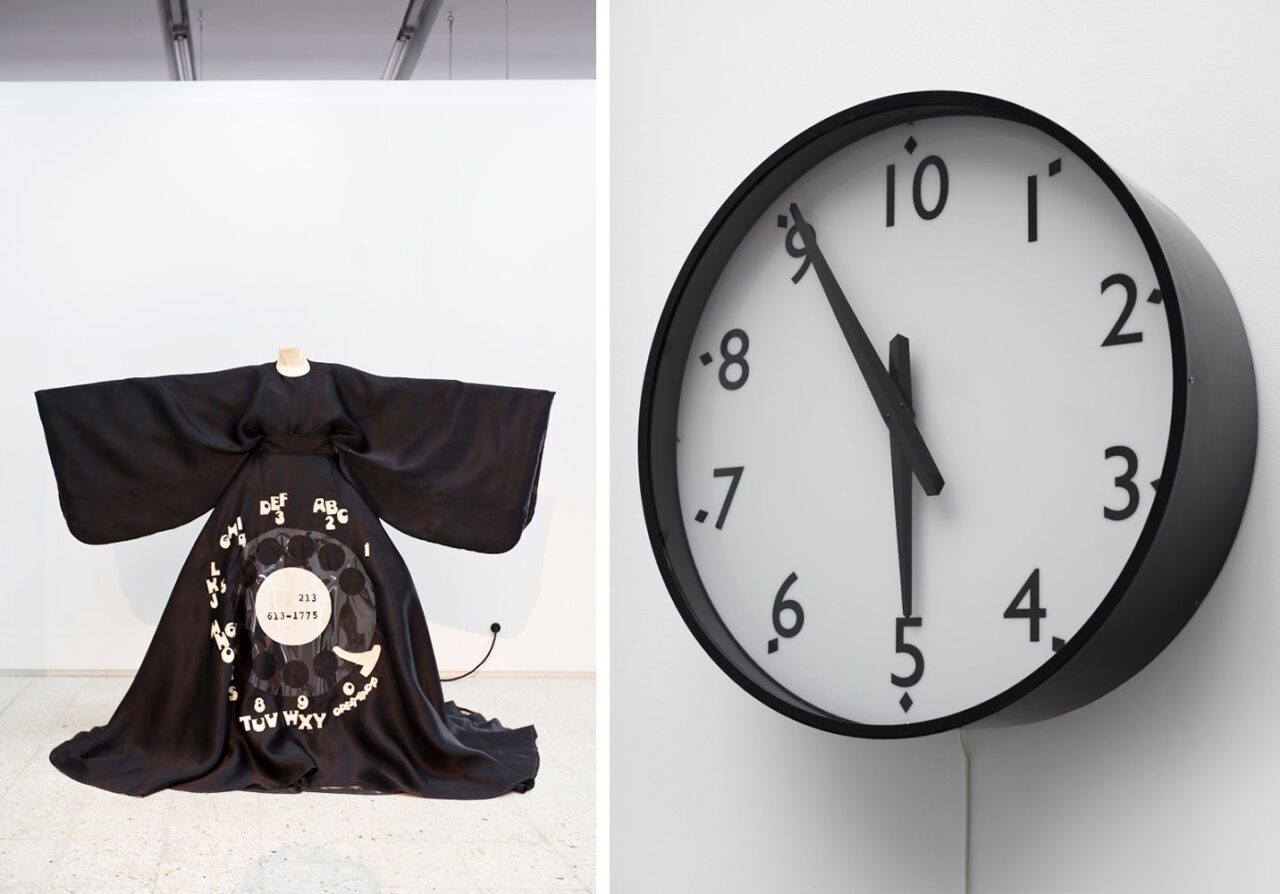
Right: Ruth Ewan, We Could Have Been Everything That We Wanted to Be, 2011, steel, industrial paint, synthetic plastic, electric clock mechanism (decimal clock), diameter 100 × depth 32 cm, Collection of Museum of Modern Art in Warsaw
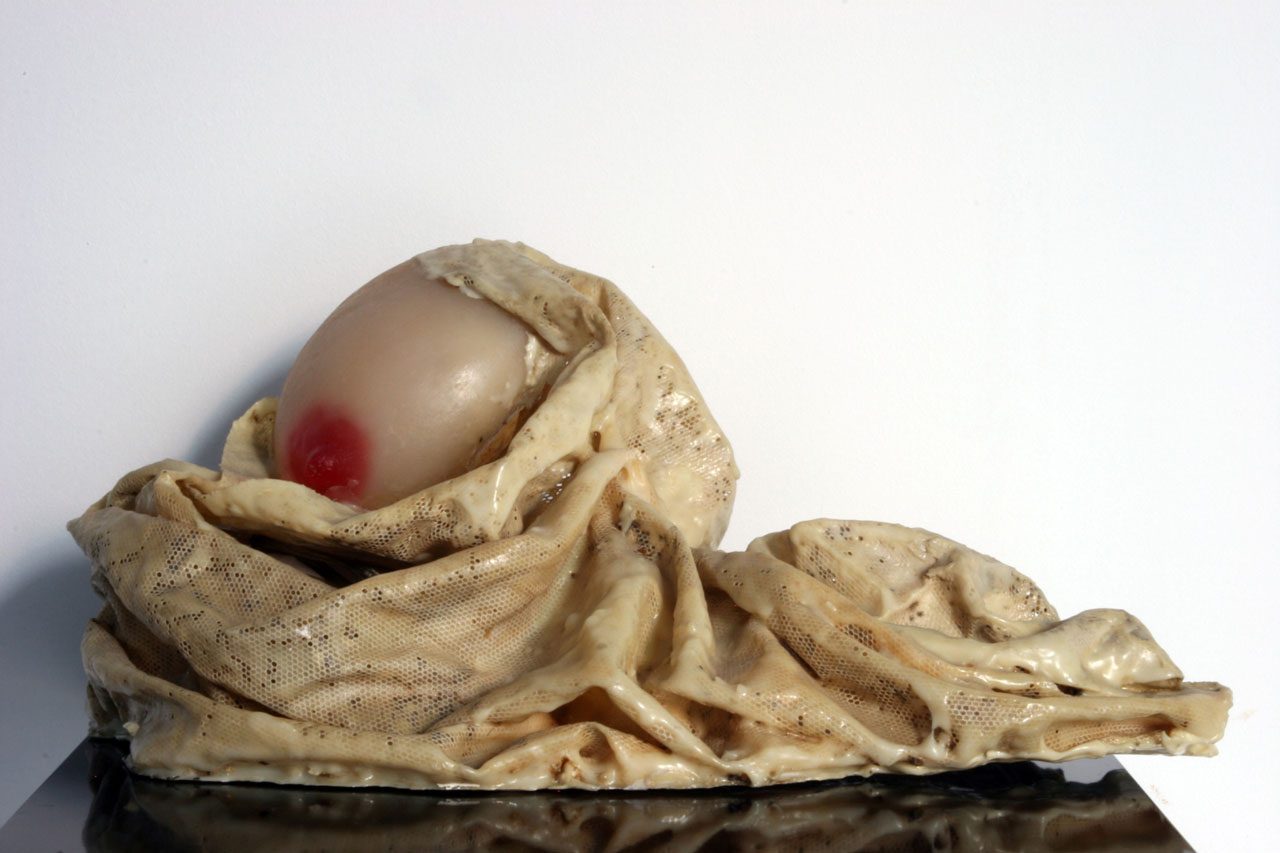
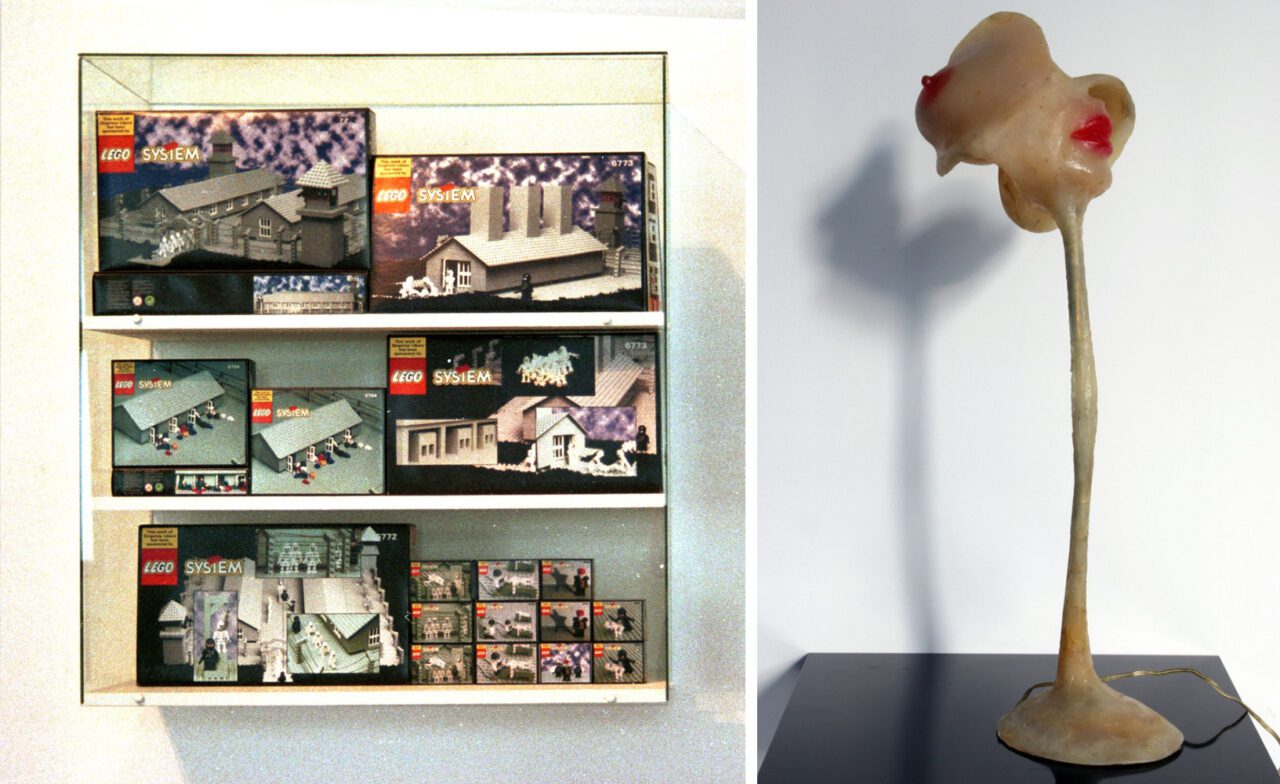
Right: Alina Szapocznikow, Illuminated Breast, 1966, mass-dyed polyester resin, metal, electric light, 56 × 14.5–17.5 × 16 cm, Collection of Museum of Modern Art in Warsaw, Copyright The Estate of Alina Szapocznikow / Galerie Loevenbruck, Paris
